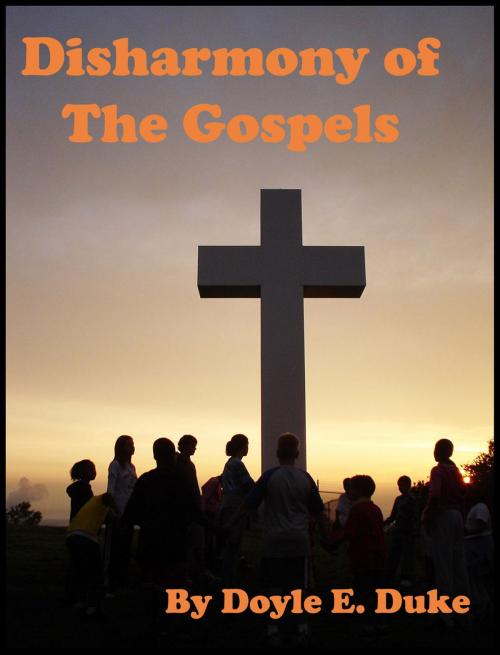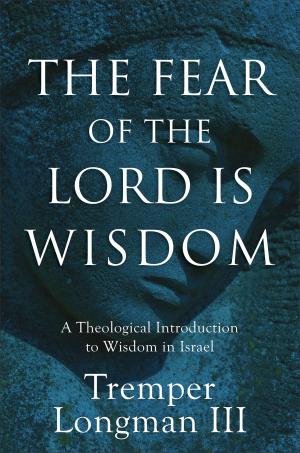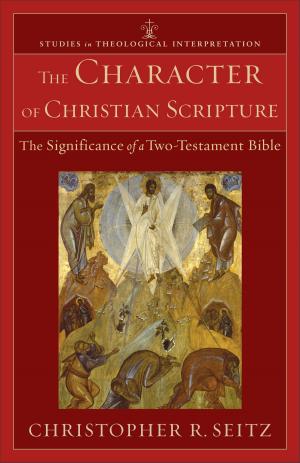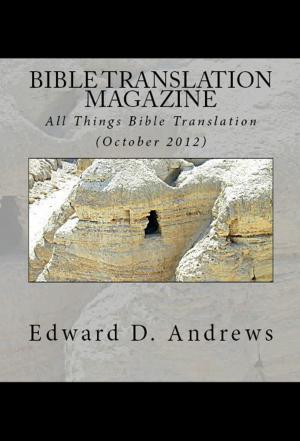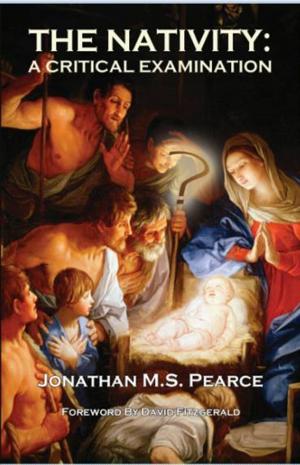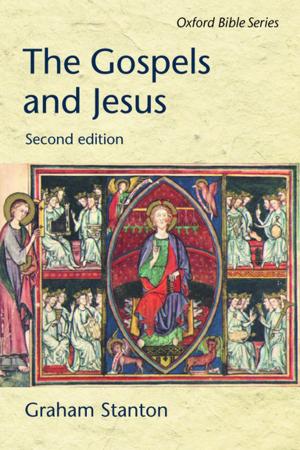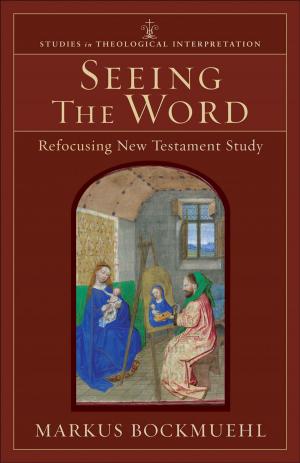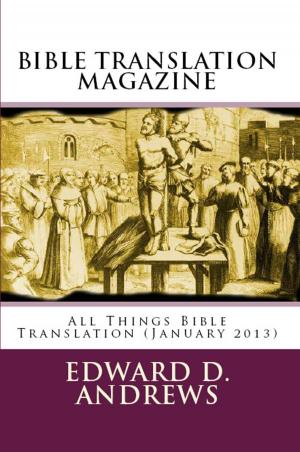Disharmony of the Gospels
Nonfiction, Religion & Spirituality, Bible & Bible Studies, New Testament, Commentaries, Criticism & Interpretation| Author: | Doyle Duke | ISBN: | 9781310689666 |
| Publisher: | Doyle Duke | Publication: | March 15, 2014 |
| Imprint: | Smashwords Edition | Language: | English |
| Author: | Doyle Duke |
| ISBN: | 9781310689666 |
| Publisher: | Doyle Duke |
| Publication: | March 15, 2014 |
| Imprint: | Smashwords Edition |
| Language: | English |
Most good Bibles include a ‘Harmony of the Gospels’ section in the appendix. Almost all churches have Bible studies that concentrate upon stubborn passages and ministers devote entire sermons to hammering at the same stubborn questions. What is the end result? Ask any Christian and he’ll open his Bible and assume a defensive crouch as he assures you that the gospels do, indeed, harmonize—there are just some pieces that are ‘hard to understand’. Others will claim there only appear to be contradictions because the authors have reported the story from different points of view. And a few might even admit to small, insignificant, translation errors.
One obstacle, the Gospel of John, is not so much a gaping hole as a stack of extra pieces, for while the other three gospels appear to present a similar picture, John is nothing more than Church propaganda. Although it does refer to tales included in the other gospels the writer’s main intent was to establish the deity of Jesus. It wasn’t written until at least 100 AD and wasn’t accepted by the Church until the third century. For this reason the theological world has separated Matthew, Mark, and Luke into what they refer to as the synoptic gospels. Some scholars will even admit that John doesn’t harmonize.
Despite Christians’ assertions that the gospels present the same story it simply isn’t true. The only way one harmonious picture can be completed is by tossing the extra pieces aside and filling in the holes with faith. In others words, to paint the picture the Church presents of Jesus one must turn a blind eye and deaf ear to reason and logic.
Most good Bibles include a ‘Harmony of the Gospels’ section in the appendix. Almost all churches have Bible studies that concentrate upon stubborn passages and ministers devote entire sermons to hammering at the same stubborn questions. What is the end result? Ask any Christian and he’ll open his Bible and assume a defensive crouch as he assures you that the gospels do, indeed, harmonize—there are just some pieces that are ‘hard to understand’. Others will claim there only appear to be contradictions because the authors have reported the story from different points of view. And a few might even admit to small, insignificant, translation errors.
One obstacle, the Gospel of John, is not so much a gaping hole as a stack of extra pieces, for while the other three gospels appear to present a similar picture, John is nothing more than Church propaganda. Although it does refer to tales included in the other gospels the writer’s main intent was to establish the deity of Jesus. It wasn’t written until at least 100 AD and wasn’t accepted by the Church until the third century. For this reason the theological world has separated Matthew, Mark, and Luke into what they refer to as the synoptic gospels. Some scholars will even admit that John doesn’t harmonize.
Despite Christians’ assertions that the gospels present the same story it simply isn’t true. The only way one harmonious picture can be completed is by tossing the extra pieces aside and filling in the holes with faith. In others words, to paint the picture the Church presents of Jesus one must turn a blind eye and deaf ear to reason and logic.
